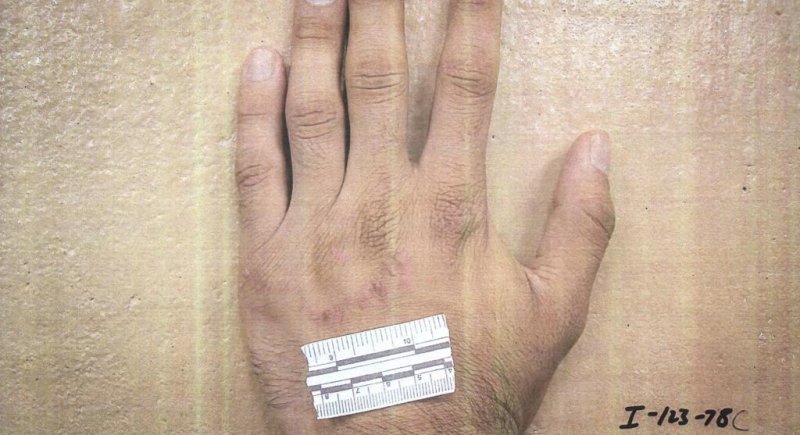2023 UPDATE: when I read my old posts from this period I’m surprised and sometimes apalled at how apparently forgiving I was of the solecisms and straightforward lies of those who supported the various hideous adventures of the Americans and their ‘coalition of the willing’ in the middle east and Afghanistan (and elsewhere). Of both the hardcore, unreconstructed neo-cons and the ‘liberal intervention’ merchants who found their leader in Tony Blair. What’s changed? Did it just need enough distance to see how these actions fitted into the whole story of European colonialism and theft? Or did I actually learn something in the meantime?
The Sontag article has gone from the Guardian web site but I think this is the same essay. The other links still work, which is encouraging, after 19 years. 2004 post follows:

Susan Sontag on the Abu Ghraib torture pictures: “The torture of prisoners is not an aberration. It is a direct consequence of the with-us-or-against-us ideology of world struggle with which the Bush administration has sought to change, change radically, the international stance of the United States and to recast many domestic institutions and prerogatives.” Mark Danner on reports from the Red Cross and the American military: “dispatches from the scene of a political disaster“. The man who built Abu Ghraib (and was subsequently gaoled there) thinks it shouldn’t be demolished. Update: I missed David Aaronovitch’s reply to Sontag’s piece (thanks to Stephen Newton).

